
홈
Gaya Tumuli
Goseong Songhak-dong Tumuli
Goseong Songhak-dong Tumuli
Songhak-dong Tumuli
- The highest-status cemetery of Sogaya
- It demonstrates that the momentum for the emergence of Sogaya came from its trade relations with Baekje and Japan.
General Information
- Designation: Historic Site No.119
- Construction period: 5th-6th centuries
- Property area: 3.16ha
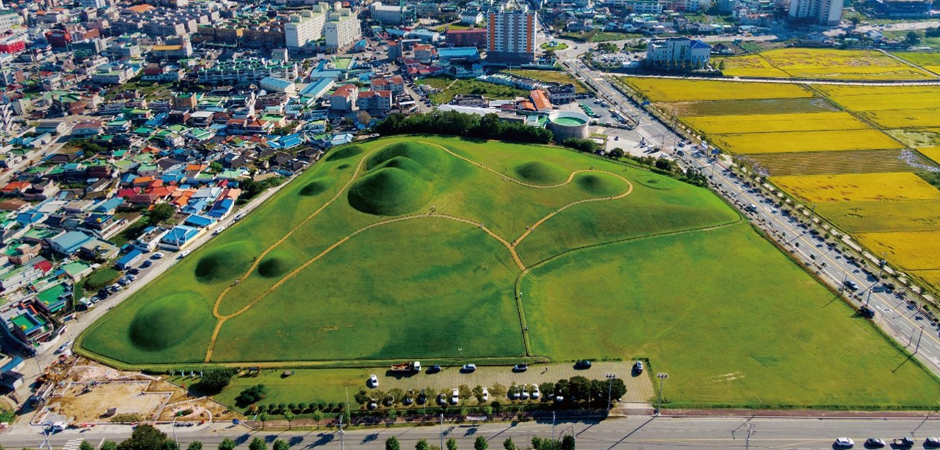
- overview
- The Songhak-dong Tumuli is located in the Songhak area of Goseong County in Gyeongsangnam-do Province. Tomb construction here took place in the fifth and sixth centuries to accommodate members of the ruling class of Sogaya. The Goseong Basin, the center of Sogaya where the Songhak-dong cemetery is positioned, is located by the sea. This demonstrates that the momentum for the emergence of Sogaya came from its trade relations with Baekje and Japan.
Although agricultural activities were practiced in some parts of the cemetery, the mounded tombs themselves have been well conserved based on local respect. Construction was undertaken to straighten the roads around the cemetery during the 1980s when urban development in the areas surrounding the Songhak-dong Tumuli accelerated. Among the mounded tombs at the cemetery, one was excavated in 1914 and six more in 1999. The Songhak-dong Tumuli was place on the heritage list as a Historic Place in 1961; with the enforcement of the Cultural Heritage Protection Act its designation was changed to Historic Site in 1963.
The hill housing the Songhak-dong Tumuli has a high visual impact, particularly when seen from the sea. The coastal area in which the Songhak-dong cemetery is located is relatively flat, and the cemetery is positioned on a low-rising hill standing alone in the coastal area. Three large tombs are adjacent to one another on the summit, and right below them are eight smaller tombs. Although the number of individual tombs constructed here is smaller than in other nominated cemeteries, the Songhak-dong Tumuli still manifests the distinctive Gaya method of locating burials with tombs clustered together in a designated area on hilly terrain. With the fall of Gaya in the sixth century, tomb construction at the cemetery also came to an end.
Located along the southern coast of the Korean Peninsula, Sogaya replaced Geumgwangaya as the foremost regional power in the fifth-century maritime trade networks. Archaeological research has examined the tomb construction methods applied at the Songhak-dong Tumuli. A high burial mound was first built on the low-rise hill, and then a pit was made at the top of the mound and burial facilities were installed in the pit. Among the nominated cemeteries, this method of constructing tombs was utilized only at the Songhak-dong Tumuli. Among the tombs at this cemetery are examples showing influences from Baekje and Japan. The grave goods excavated from the Songhak-dong cemetery also include objects testifying to Sogaya's trade with foreign states. Sogaya-style pottery, represented by footed bowls with triangular perforations, has been found in Baekje, Japan, and in other Gaya polities, evidencing the active role played by Sogaya in international trade in ancient East Asia. Tomb No. 2, a corridor-chamber tomb from the latter half of the sixth century, merits further attention. It has distinctively structured columns at the entrance, and its ceiling and walls are painted red. These characteristics manifest influences from Japan and demonstrate the close relations Sogaya formed with Japan.
Picture
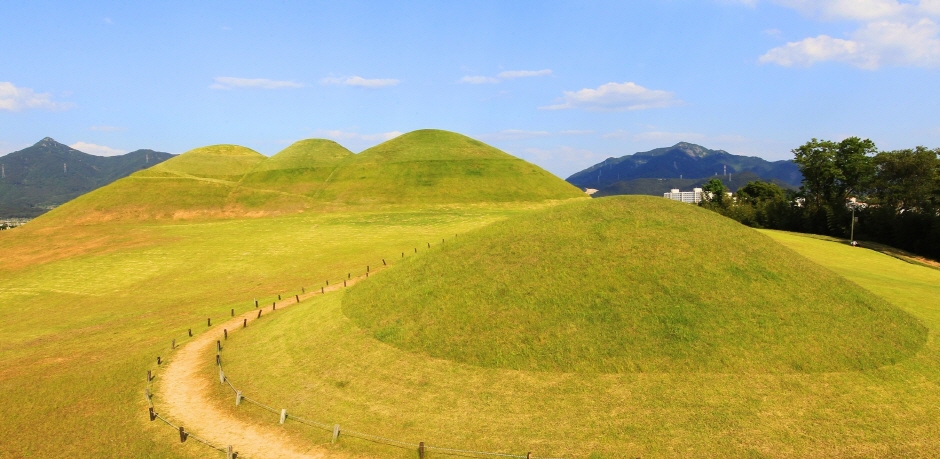
Picture 1. view of Songkak-dong Tumuli, Goseong
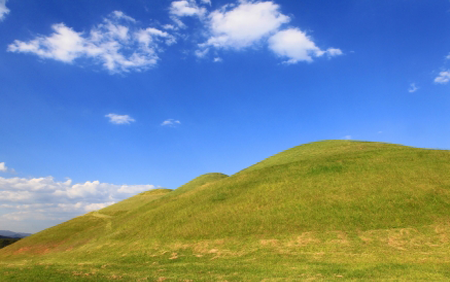
Picture 2. view of Songkak-dong Tumuli, Goseong1
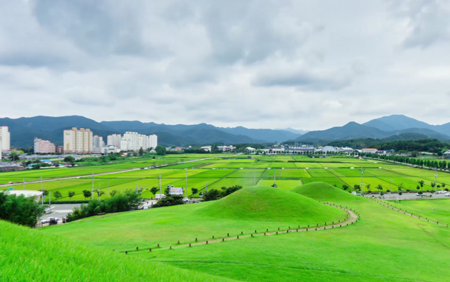
Picture 3. view of Songkak-dong Tumuli, Goseong
Relics
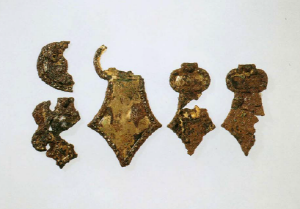
Strap decoration, main burial chamber of Tomb 1A-1
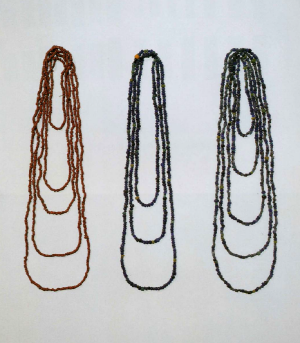
Glass and jade beads from a necklace found in the main burial chamber Tomb 1A-11
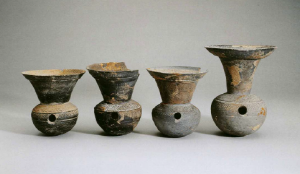
Perforated jar found in the main burial chamber Tomb 11B-1
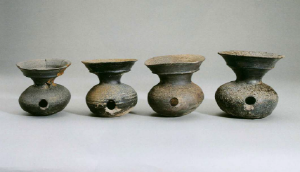
Perforated jar
